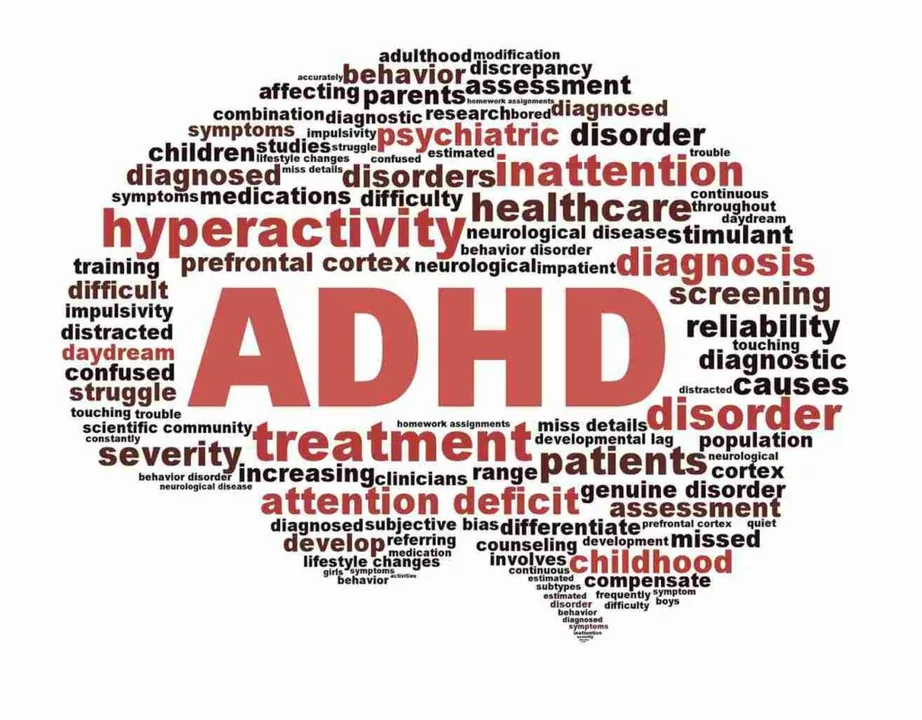Atomoxetine (Strattera): What You Need to Know
Atomoxetine is a non-stimulant medication often used for ADHD. If stimulants cause problems for you — like anxiety, sleep issues, or a risk of misuse — atomoxetine can be a solid alternative. It works differently from amphetamine or methylphenidate drugs and can help with attention, impulsivity, and hyperactivity over weeks.
How it works and who should consider it
Atomoxetine blocks the reuptake of norepinephrine in the brain. That helps improve focus and self-control for many people. Doctors usually consider it when stimulants aren’t tolerated, when there’s a history of substance misuse, or when symptoms don’t respond to other treatments. It’s approved for children, teens, and adults, but the choice always depends on your medical history.
Dosage basics and what to expect
Dosage varies by age and weight. For adults, a common approach is starting at 40 mg once daily for a few days, then increasing to about 80 mg daily. Some people may need up to 100 mg a day. For children and teens, dosing is usually weight-based: start around 0.5 mg/kg/day then increase to about 1.2 mg/kg/day, with a common maximum near 1.4 mg/kg or 100 mg/day. Your prescriber will adjust based on response and side effects.
Expect gradual improvement. Some people notice changes in 1–2 weeks; full benefits can take 4–8 weeks. If you don’t feel better after a few months, talk with your doctor about next steps.
Common side effects include stomach upset, decreased appetite, sleep changes, dizziness, and mood swings. Less common but more serious issues include increases in blood pressure or heart rate, liver problems, and rare mood changes like worsened depression or suicidal thoughts in young people. Report any new mood symptoms or unusual physical signs right away.
Important interactions: do not take atomoxetine with MAO inhibitors or within 14 days of stopping an MAOI. Drugs that strongly block CYP2D6 (for example, fluoxetine or paroxetine) can raise atomoxetine levels and may need dose changes or extra monitoring. Tell your prescriber about all meds and supplements you use.
Monitoring usually involves checking blood pressure and heart rate, watching mood and behavior, and occasionally testing liver enzymes if symptoms suggest liver trouble (yellowing skin, dark urine, severe fatigue).
If you’re thinking about buying atomoxetine online, always use a pharmacy that requires a valid prescription. Look for a licensed Canadian pharmacy with clear contact details, verified reviews, and secure payment. Avoid sites that sell without a prescription, offer suspiciously low prices, or lack a pharmacist contact. When in doubt, call the pharmacy and confirm its licensing.
Talk with your doctor about whether atomoxetine fits your situation. If you start it, keep follow-up appointments so dose and effects can be checked. That simple routine helps you get the benefit while spotting problems early.

Atomoxetine and ADHD Coaching: A Winning Combination
As someone who has experienced the benefits of Atomoxetine and ADHD coaching, I can confidently say that this combination is truly a winning one. Atomoxetine, a non-stimulant medication, helps me manage my ADHD symptoms effectively, while my ADHD coach provides personalized guidance and support. Together, they have improved my focus, organization, and overall well-being. I highly recommend this powerful duo for anyone struggling with ADHD. Trust me, it can be a game-changer!
Read more